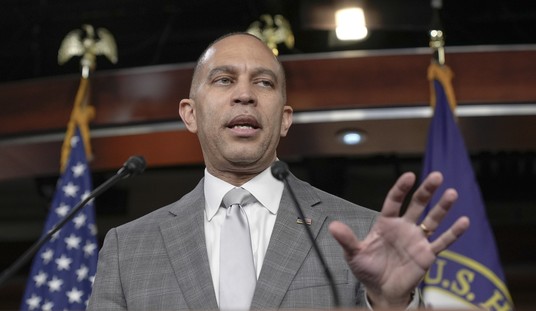Subsidized flood insurance is one of the many federal programs that is counter to both sound economic policy and sound environmental policy. Congress created the National Flood Insurance Program (NFIP) in 1968 to help homeowners in flood-prone areas purchase insurance. The FEMA-run program covers floods from river surges and storms on the seacoasts.
In recent years, the NFIP has gone hugely into debt and it may be bailed-out by taxpayers at some point. The program has encouraged people to build homes in areas that are too hazardous to safely occupy. It has encouraged towns to expand development in flood-prone areas. And the program undermines constitutional federalism by prompting the federal government to reach its regulatory tentacles into local zoning issues.
The NFIP subsidizes wealthy people with multiple payouts after their homes on the seacoasts are repeatedly destroyed. The program is very bad policy—a seemingly good idea to policymakers in the 1960s that has ended up creating growing distortions.
When I started reading about the NFIP recently, I was surprised to learn that Congress made sensible reforms to it in 2012 under the Biggert-Waters Act. The best reform would be a complete repeal of the NFIP, but in the meantime the 2012 law was a good start at reducing the program’s costs and distortions.
Alas, the prospect of Congress staying on a pro-market, pro-environment reform path was apparently too good to be true. No sooner had the ink dried on the 2012 law than members of Congress began trying to reverse the reforms.
This week, Congress will be voting on a bill that backtracks on the 2012 reforms. I have not studied the details of the new bill, but Diane Katz at the Heritage Foundation has penned a nice overview.

























Join the conversation as a VIP Member